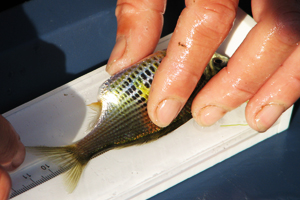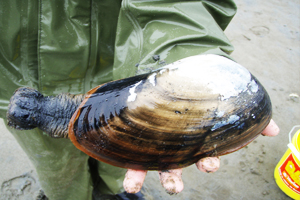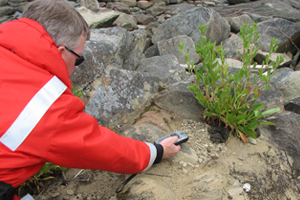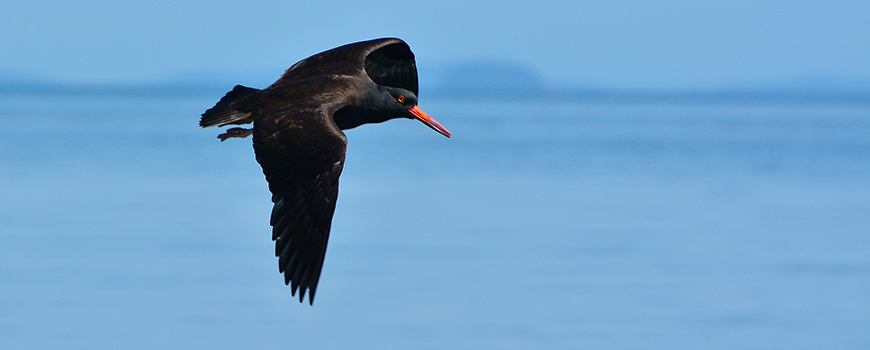
Research and monitoring
Gulf Islands National Park Reserve
Eelgrass monitoring
Learn about our work monitoring Eelgrass meadows in Gulf Islands National Park Reserve.
Bivalve monitoring
Learn about our work monitoring bivalves in Gulf Islands National Park Reserve.
Songbird monitoring
Learn about our work monitoring songbirds n Gulf Islands National Park Reserve.
Black Oystercatcher surveys
Learn about our work monitoring Black Oystercatchers in Gulf Islands National Park Reserve.
Overview | Eelgrass | Bivalves | Songbirds | Black Oystercatchers
Overview
Parks Canada is committed to maintaining the health of our protected areas. One of the ways we honour this commitment is by monitoring the various species within Gulf Islands National Park Reserve through a process called Ecological Integrity Monitoring. We monitor both plants and animals for changes to their natural habits, and adapt new measures to help ensure a healthy ecosystem.
Ecological Integrity Monitoring
Many people get an annual check-up from their doctor. The doctor weighs you and takes your blood pressure, then compares those numbers to your previous check-ups. Have you gotten skinnier or heavier? is your blood pressure higher or lower? We check the health of species within Gulf Islands National Park Reserve in similar ways.
First we choose a plant or animal that depends on a certain natural area to survive. Next, we track the numbers of this species over time. If the numbers go up or down suddenly, then we know there might be a problem. We call this check-up process Ecological Integrity Monitoring.
Species we monitor
Eelgrass

Counting fish
Sixteen percent of Gulf Islands National Park Reserve is under the sea. Every spring, we count the numbers and types of young fish in the eelgrass meadows to check the health of the ocean.
Learn more about how we monitor eelgrass
Bivalves

Counting clams
Clams don’t move around much! They spend most of their long lives buried in the beaches. This makes them a perfect species to determine the health of intertidal areas.
Learn more about how we monitor bivalves
Songbirds

Counting birds
Every spring we record birdsongs in various places in the park. A healthy forest supports many birds of different types.
Learn more about how we monitor songbirds
Black Oystercatchers

To monitor the health of the rocky intertidal areas, we also survey black oystercatchers. These birds nest on the shore of tiny islands in the park reserve.
Learn more about how we monitor black oystercatchers
- Date modified :